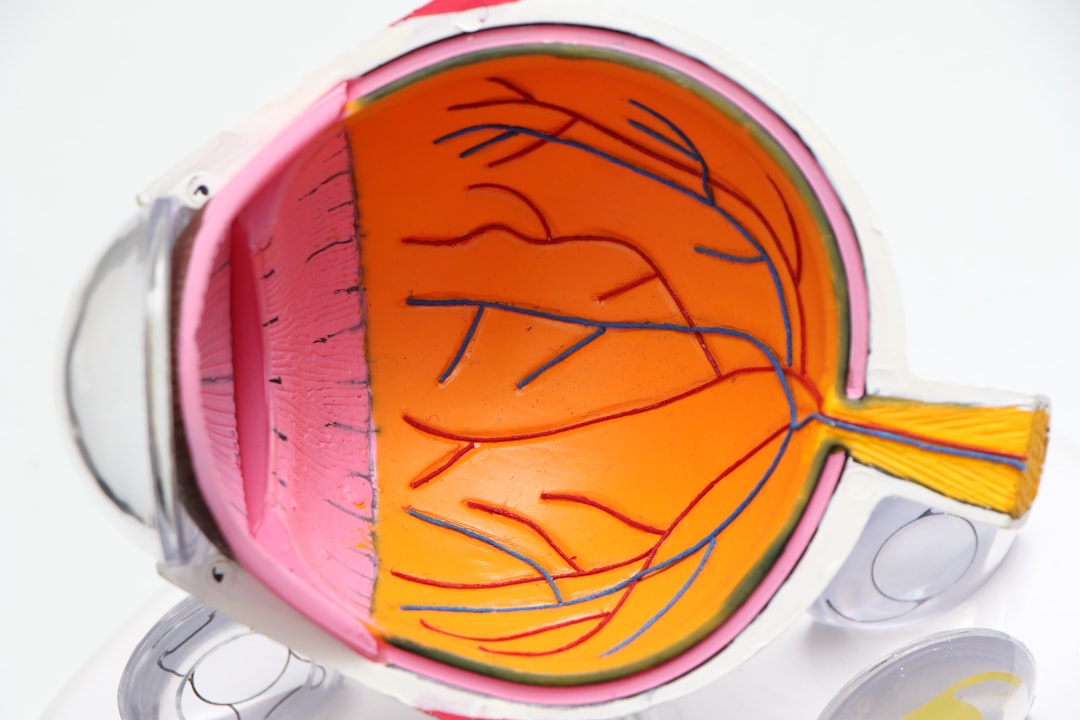What is it about?
Historic cave sites face defamation problems from organisms flourishing under artificial light, called lampenflora organism. We sequenced the genome of a lampenflora organism identified as Chlorobium limicola strain Frasassi as a model organism to study its dispersal pattern into the caves. Future comparative genomic studies will enable us to track the origins of this organism and to prevent its dispersal into the caves.
Featured Image
Why is it important?
The preservation of historic cave sites face problems from organisms flourishing under artificial light. Current protocols focused on abrasive cleaning, which can further damage the cave ecosystem. With genomic sequencing and an understanding of microbial dispersal pattern, we can tackle the problem at its root and prevent invasive species from being transported into the caves in the first place.
Perspectives
Metagenomics are cool and provide key insights into understanding microbial dispersal pattern, especially through obtaining draft genomes for microbial groups that are closely related to one another.
Muammar Mansor
Eberhard Karls Universitat Tubingen
Read the Original
This page is a summary of: Draft Genome Sequence of Lampenflora
Chlorobium limicola
Strain Frasassi in a Sulfidic Cave System, Genome Announcements, May 2016, ASM Journals,
DOI: 10.1128/genomea.00357-16.
You can read the full text:
Contributors
The following have contributed to this page










